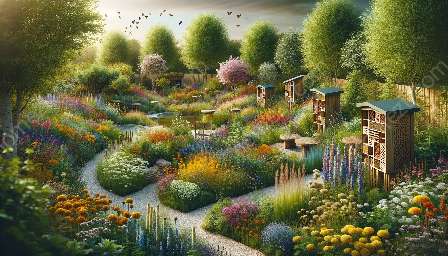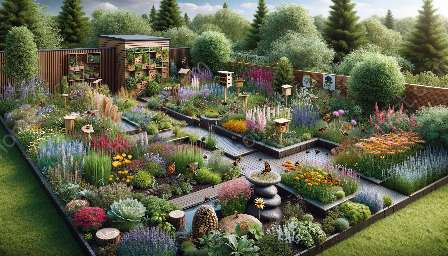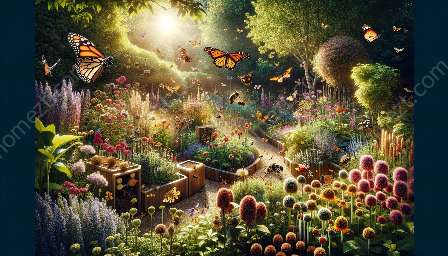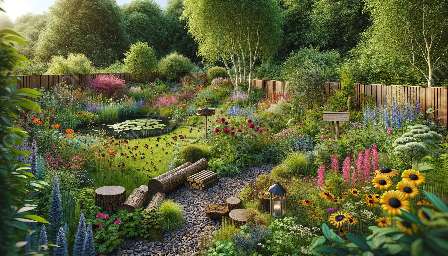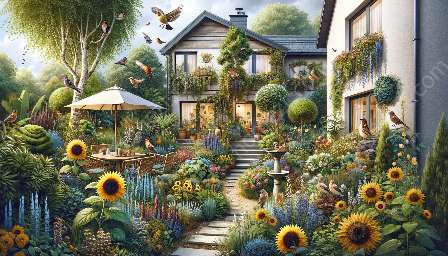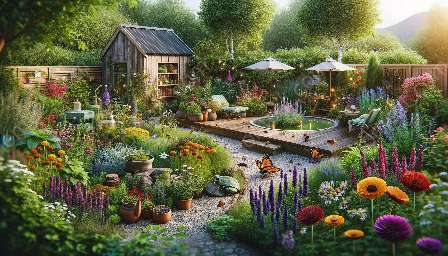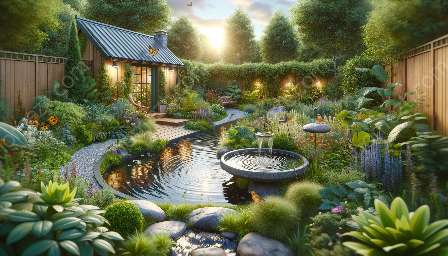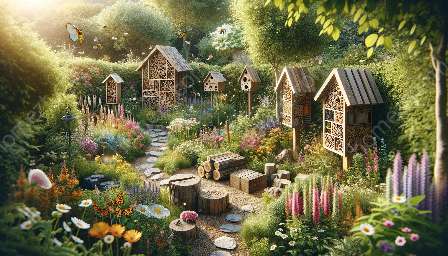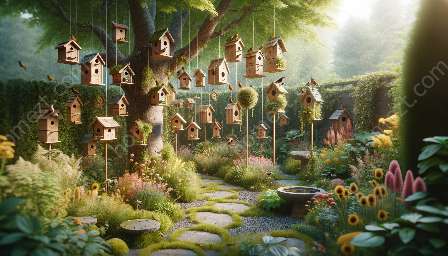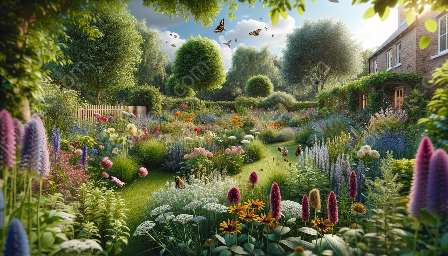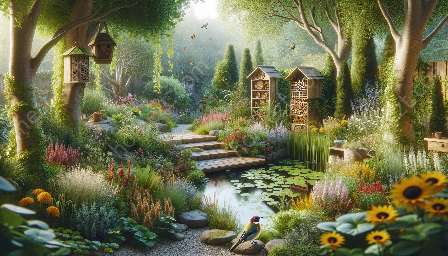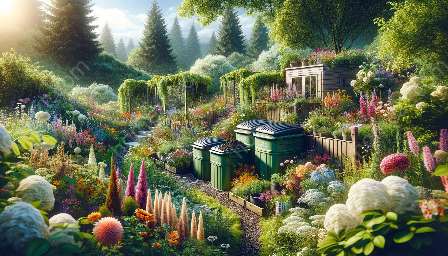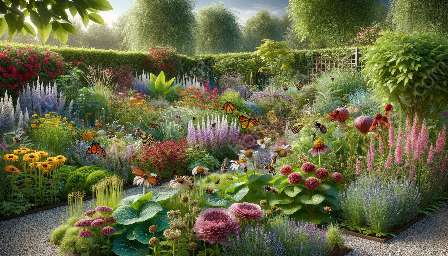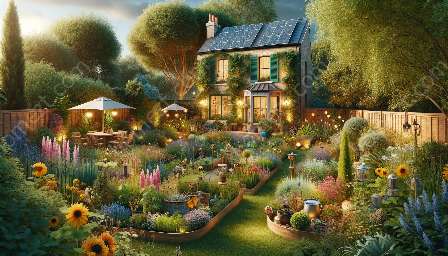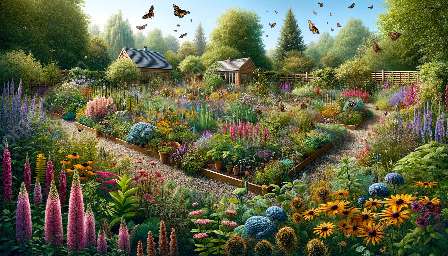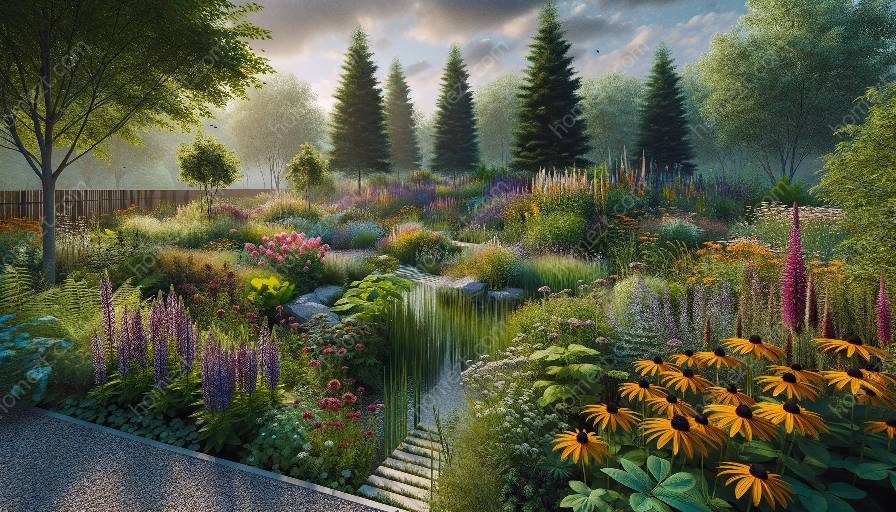Native plants play a crucial role in supporting wildlife and creating a habitat that is beneficial for a variety of organisms, including insects, birds, and small mammals. By incorporating native plants into our gardens, we can contribute to the overall health of ecosystems and help to protect biodiversity. In this topic cluster, we will explore the significance of using native plants for wildlife gardening, the benefits of attracting beneficial insects, and ways to create a wildlife-friendly garden.
The Importance of Native Plants for Wildlife Gardening
Native plants are those that have evolved in a specific region over thousands of years and have developed intricate relationships with the local wildlife. When we introduce non-native plants to an area, they may not provide the same level of support for the local ecosystem, and can even become invasive, disrupting the balance of the natural environment. Using native plants for wildlife gardening helps to preserve the natural heritage of a region and provides crucial resources for wildlife, including food and shelter.
Benefits of Attracting Beneficial Insects
Attracting beneficial insects to our gardens can have a positive impact on both the health of our plants and the balance of the ecosystem. Many beneficial insects, such as ladybugs, lacewings, and pollinators like bees and butterflies, play a crucial role in controlling pest populations and promoting the growth of plants. By providing an environment that supports these beneficial insects, we can reduce the need for chemical pesticides and cultivate a more sustainable and resilient garden.
Creating a Wildlife-Friendly Garden
Designing a garden that is wildlife-friendly involves incorporating elements that support the needs of a diverse range of species. This can include providing food sources, such as berries and nectar-rich flowers, creating habitat through the use of native plants, and offering shelter in the form of shrubs, trees, and nesting sites. By considering the specific requirements of local wildlife and incorporating them into our garden design, we can create a space that not only supports biodiversity but also provides opportunities for observation and interaction with nature.
Examples of Native Plant Species for Wildlife Gardening
- Milkweed (Asclepias spp.): Milkweed is essential for the survival of monarch butterflies and provides nectar for many other pollinators.
- Goldenrod (Solidago spp.): Goldenrod is a valuable late-season nectar source for bees and butterflies, and its seeds are an important food source for birds.
- Black-eyed Susan (Rudbeckia hirta): This native flower attracts a wide variety of pollinators and provides seeds for birds in the fall.
- Wild Bergamot (Monarda fistulosa): Also known as bee balm, this plant attracts pollinators with its showy flowers and provides aromatic foliage that is attractive to beneficial insects.
By incorporating these and other native plant species into our gardens, we can create a vibrant and ecologically valuable landscape that supports wildlife and adds beauty to our outdoor spaces.

